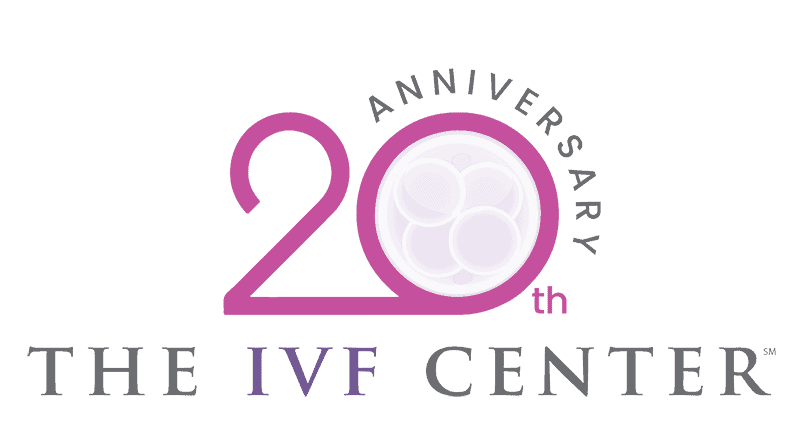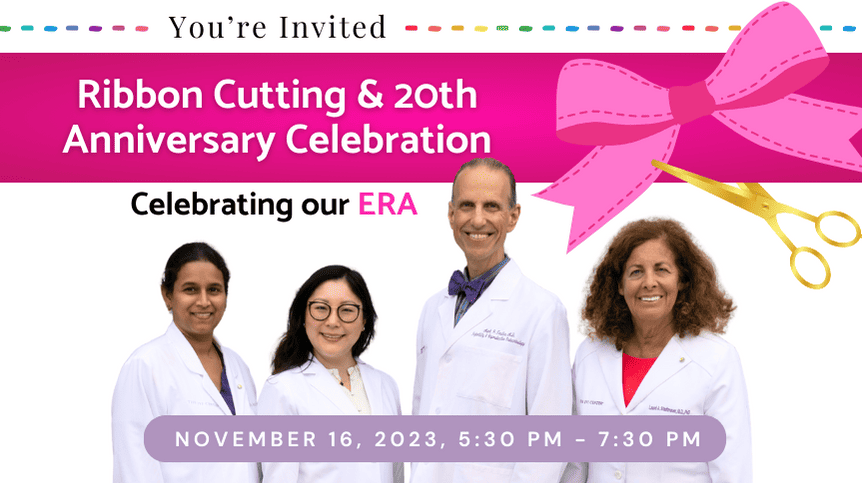REPRODUCTIVE GENETICS
In 1990, cells from an early developing embryo were removed and analyzed for the male Y- chromosome, thus preimplantation genetic diagnosis (PGD) was born. Over 20 years later, PGD has advanced to allow the identification of many genetic disorders as well as a complete chromosome analysis (karyotype). PGD is the general term for embryo genetic testing and includes identification of single gene diseases as well as comprehensive chromosome screening (CCS) or karyotype. The current designation of terms defines PGD for gene disorders and PGS (preimplantation genetic screening) for CCS. This breakthrough in IVF has profound implications which I will explore in this article.
PGD is the general term representing the analysis of cells removed either from an egg’s polar body (byproduct of an oocyte meiotic division) or from an embryo for the purpose of identifying gene disorders or for CCS. While originally showing promise, polar body biopsy has not given consistent and reliable results. Further, embryo testing had traditionally occurred on day 3 of development where the embryo is comprised of only six to eight cells. Unfortunately, studies have shown day 3 biopsy results are subject to validity concerns (e.g. allele dropout) and also reduces the subsequent ability for the embryo to implant by 40%. So, the standard of care today for embryo testing is a biopsy at the blastocyst stage on day 5 of embryo development where the embryo consists of more than 100 cells. Studies have not shown an increase in birth defects or damage to the embryo following biopsy.
Once embryo cells are removed and shipped to the specialized genetic laboratory the results are returned in several days. Once the embryo passes day five of development in a fresh IVF cycle, there is a lack of synchrony with the lining of the uterus (endometrium) as well as an inability to maintain the growing embryo in the laboratory culture. Rarely, the genetic laboratory performing the analysis is at the same location as the IVF center, so most programs offer the patient a two-step process: the embryos are immediately frozen following biopsy then once the genetic information is returned, the patient undergoes a frozen embryo replacement (FER) the following month. Fortunately, due to advances in freezing using a process called vitrification, FER cycles allow for similar pregnancy rates as fresh cycles. If one focuses only on CCS cycles, then FER cycles may actually result in a higher pregnancy rate.
A summary of PGD options:
- PGD is utilized to avoid transmitting lethal genetic mutations when the couple are both carriers of the same single gene defect, eg, cystic fibrosis, sickle cell anemia, Tay Sach’s, hemophilias.
- PGS refers to embryo analysis for CCS including gender. Patients who utilize PGS are those with unexplained recurrent miscarriage (RM), women over 35 years of age, and couples desiring family balancing by selecting the gender of the offspring. This technology can also reduce the risk of multiple gestation through the enhanced selection of only one normal embryo.
CHOOSING THE BEST EMBRYO
The three most important factors determining a successful outcome from IVF are the three E’s: 1) Endometrium – the lining of the uterus to develop and secrete proteins for implantation; 2) Embryo transfer – the ability for the physician to carefully, atraumatically, and accurately transfer the embryo into the optimal location in the uterus; 3) Embryo – the genetic and structural integrity of the embryo to develop and communicate with the endometrium for implantation.
The most challenging aspect of IVF is to determine which embryo is optimal for transfer. In the past, the gold standard method of embryo selection was grading the embryo by appearance (morphology). In fact, only 50% of embryos will be accurately selected by an embryologist to be chromosomally normal when morphology is compared with PGS results.
Despite the higher pregnancy rate potential following PGS, the holy grail of embryo selection remains elusive, because the chromosomal content of the embryo is not the only determining factor for successful implantation.
In addition to PGS, other methods to determine the optimal embryo to improve pregnancy rates, reduce the number of embryos transferred and reduce multiple gestation are:
- Time-lapse photography – repetitive photographs of the embryos every five minutes while they are in the incubator. This technology has been shown to increase the ability to predict which embryos will develop to the blastocyst stage but has not yet been determined to improve live birth rates.
- Metabolomics – By analyzing culture media surrounding the embryos, metabolic by-products of the embryo are tested from using biomarkers to assess embryo viabilit
WHAT’S NEXT
Technology will continue to advance to optimize pregnancy success with IVF, namely a healthy single live birth.
We are Central Florida’s most successful IVF Program.






